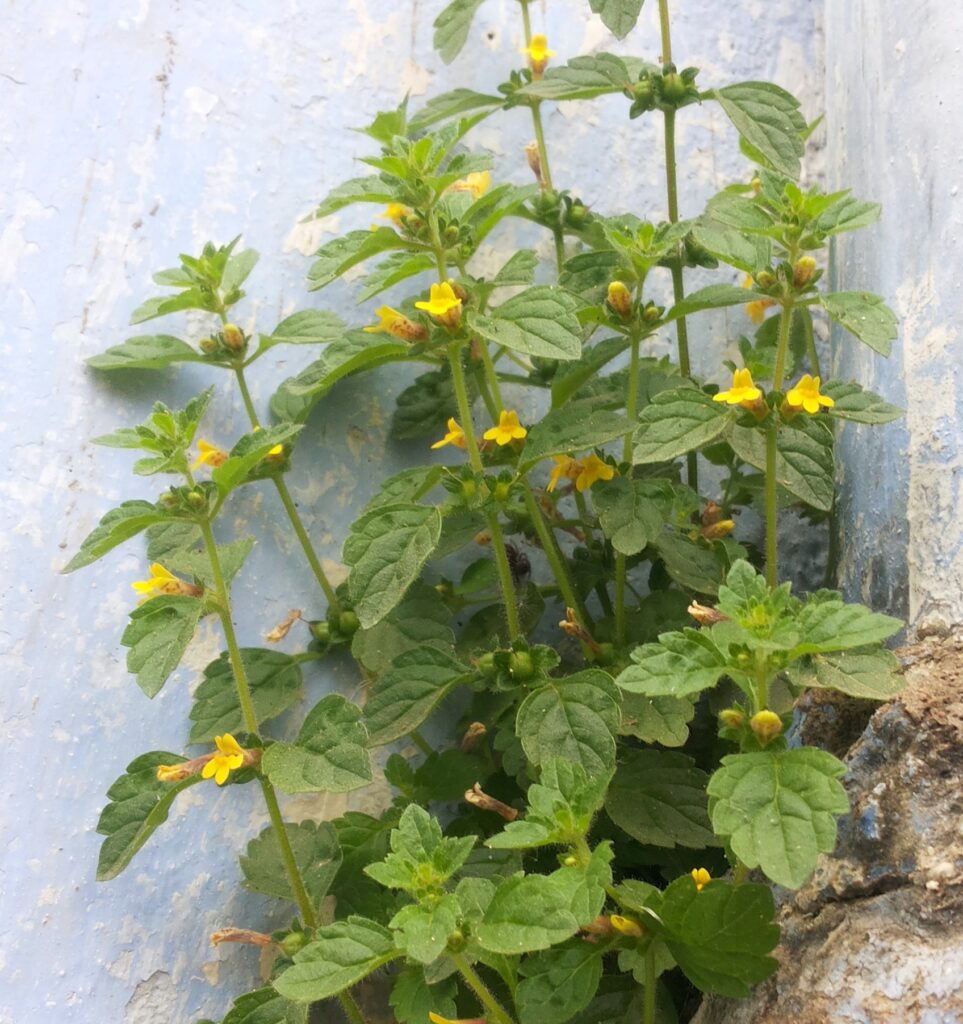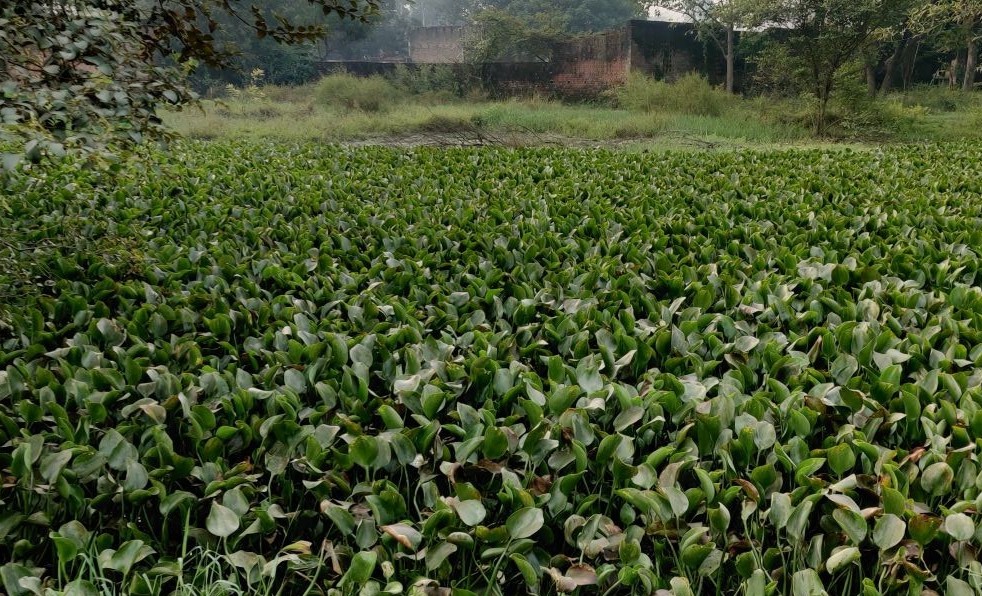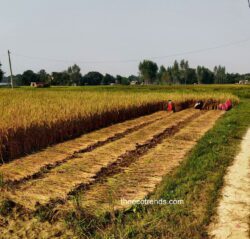Humans have been adding to the variety of native plants by introducing other plants from different countries. These introduced plants are termed as exotic plants.
Some propagules or seeds incidentally travel long distances and reach to other county. There they germinate and produce new plants.
Exotic plants are not always friendly to the local environment. Some plants, once propagated at some place develop fast, produce numerous seeds and soon cover a large area. These plants spread everywhere and cause harmful effects for other plants and animals. These plants are called as Invasive plants. A good example of invasive plant is Parthenium which is reported to cause different allergies to humans and animals besides invading the areas of crop plants.

Importance of Plants and Trees
All the plants and trees that grow around in nature offer precious services to human beings and to all the components of environment. In brief, following services of plants and trees to humans and environment can be considered –
1. Plants provide oxygen to animals. A lawn of 4,000 sq. feet provides enough oxygen for a family of five members. Plants in the world forests, rangelands and the tropical rain forest provide oxygen globally.
2. Plants are a source (usually the first) of food for animals (including humans) in the food chain
3. The plants are the first to change elemental energy (like minerals and sunlight) into a form which more complicated organisms can digest.
4. Plants provide fibre which is manufactured into fabric and clothing.
5. Plants can be used to produce shelter, fencing, roofing materials and other building materials.
6. Plants also produce many by products like turpentine, dyes, resin, mulch, decorative bark, etc.
7. Plants can be used to modify the environment by providing: Shade, Windbreaks, Erosion control, and protection for watershed.
8. Plants offer many different benefits like Noise control, Reduction of glare, Beautification of landscape etc.
9. Leguminous Plants Produce nitrogen in to enrich the soil
10. Plants act as settling chambers for particulate pollution.
11. Plants provide many medicinal products.
12. Plants offer opportunities for Research–crossbreeding, biotechnology, etc.
13. Plants offer various Non-food products–medicines, clothing, rubber, perfumes, and spices.




